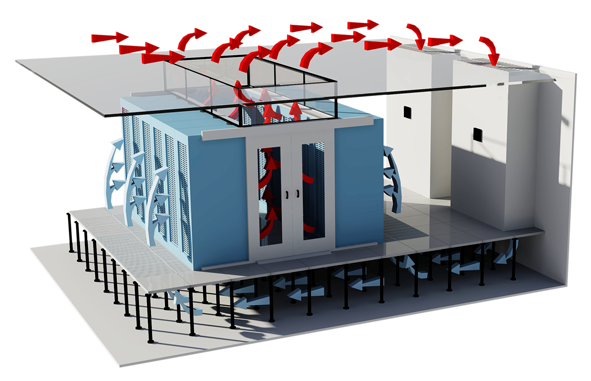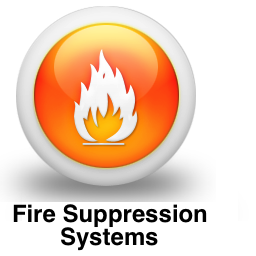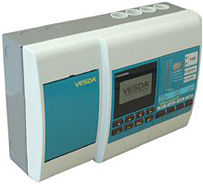Hot Aisle Fire Suppression
Home > Fire Suppression > Hot Aisle Fire Suppression




Hot Aisle Cooling and the effects on the fire suppression system
Traditional fire detection systems are in danger of not working correctly with the latest innovations of free cooling and new and efficient cooling concepts.
Traditionally fire suppression systems operated on a mix of optical and ionisation smoke detectors. These detectors perform well in still air environments, but are not as effective in high airflow applications.
DATA CENTRE'S
These days, Data Centre's require cooling at all times, even when smoke is detected due the extreme heat generated from the latest servers. Switching off the cooling system could be induced a secondary fire risk and in most cases the air condition systems are kept running when smoke is detected.
The latest cooling techniques push the boundaries of traditional design methods for fire suppression systems. Both the detection of smoke is more complicated and the distribution of gas is distorted.
Fresh air is also used in most applications on cooler days, making the cooling system more efficient, this complicates matters even further for the fire suppression system.
Each application is different and there is no one single definitive answer to suit all. All we can do as an industry is to understand the parameters and apply a design the best fits the cooling systems configuration.
HOT AISLE APPLICATION EXAMPLE
As an example, we will assume that a data centre uses a number of hot aisles within the protected enclosure.
The cooling system uses fresh air from the outside atmosphere to cool the racks during the winter months (in the UK this is typically 8-9 months of the year).
It does this by drawing in fresh air into a pressurised ceiling void, then pushes this fresh air through filtration panels which are built into the ceiling structure itself.
This clean cool air is then drawn through the server racks and cooling takes effect. The hot aisles are then filled with warm air that has passed through the racks and this air is then expelled to atmosphere.
Let's assume that there is a fire outside, e.g. like a perfectly healthy situation such as a gardener burning his compost heap. This smoke from the gardeners fire is mixed with the air the enters the data centre and is filtered to a degree, but not enough to stop the fire suppression system from activating.
How do we manage this scenario with standard smoke detectors? It's a short and simple answer, we don't! There is no way that we can deal with this and intelligently stop an unwanted fire suppression discharge.
There are a number ways this could be done:-
Option 1 :- Design a system using a VESDA ® reference detector which samples incoming air from outside and adjusts the sensitivity of the main VESDA ® air sampling detectors on zones 1 and 2 of the double knock system fire suppression system.
Doing it this way will help, but there is a chance that the density of smoke is too great and the desired smoke threshold cannot be offset enough, or if the double knock VESDA ® air sampling detectors are desensitised to much, that the system is no longer effective enough to provide accurate smoke detection.

Our take on this is to use a reference VESDA ® smoke detector to monitor the incoming air, but this detector is not interfaced to any other VESDA ® detection equipment.
This reference smoke detector will merely close off the damper that allows fresh air to enter the room, thus limiting the amount of smoke that is introduced into the room.
The reference VESDA ® detector should be configured to raise a local alarm to specific personnel, making them aware that something is not as it should be.
The double knock fire suppression VESDA ® detectors can then deal with the level of smoke within the room more accurately.
The cooling system is switched on, as fresh cool air is no longer available to maintain required operating temperatures and air continues to circulate. As the smoke levels naturally disintegrate the damper can be reopened and free cooling can be resumed as and when smoke levels are low enough to allow this to happen.
The main fire suppression system VESDA ® smoke detection must be designed so that all the hot air is sampled and measured; this will be the primary detection point of detection.
Air sampling pipes should be positioned around the room in accordance with BS6266 design guides. These VESDA ® sampling points are essential, as the air conditioning may not always be working and detection in this instance will not be possible in the hot aisles.
In this event, the smoke sampling points will detect a smoke in the still air environment. This is considered as the secondary smoke detection.
Suitable Fire suppression systems for Hot Aisle protections area:-
Novec1230
Sapphire
FM200
HFC227
IG55
For further information, please contact us